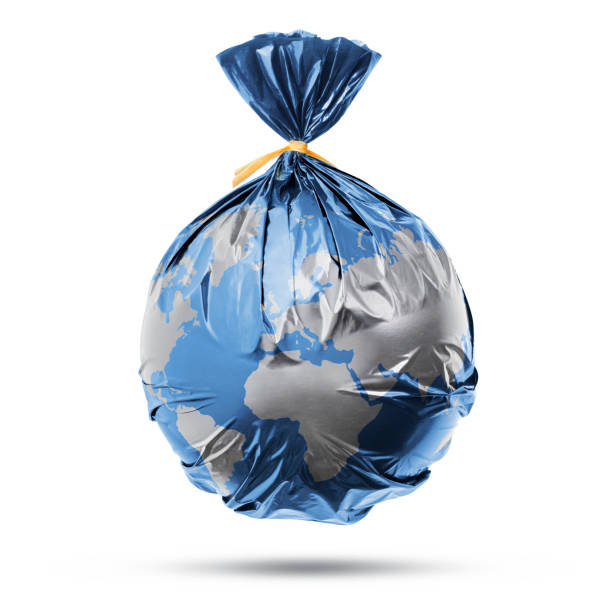Indonesia is the largest archipelagic state in the world with over 1.9 million square kilometres making
it the 14th largest country by area and 270 million people. This wonderful country, like what its tourism
programs slogan says “wonderful Indonesia” also has a tropical climate, rich culture, and diverse flora
and fauna yet its tropical climate, biodiversity and the slogans objective truth is threatened. As the
years go by; a major assassin whose task is to make Indonesia suffer is revealed, its name is the
Indonesian environment. Its weapon of choice is pollution, resource depletion, climate change, and
environmental degradation. Indonesia is a relatively new country and a developing one, combating said
assassin is sidetracked by its rapid development; more pressing matters are at hand. But the presence of
the assassin is growing day by day.
Pollution in Indonesia is seen to have a consequential change in its quality of air. In 1998, Indonesia
was one of the cleaner countries in the world in terms of air quality; yet in 2016, just in a span of 18
years it reached the 30 most polluted countries list. The Air Quality Life Index or the AQLI estimated
that the average Indonesian can expect to lose 1.2 years of their life expectancy, this is of course
terrifying news, and it is said to be worse at places with higher population density such as the coastal
capital of the nation. Jakartans average life expectancy will be reduced by 2.4 years, and in the Ogan
Komering Ilir regency in south sumatra; residents will expect to lose 5,6 years of their life expectancy,
all of this is due to pollution. The cause of the pollution varies from area to area as an example; in
Jakarta the highest contributor to pollution is motor vehicles, and in South Sumatra; its forest fires and
illegal deforestation.
Climate change is a neighbour nowadays among Indonesians including myself; as for myself I live in
the city of Bandung, where for most of its history has been a serene and cold environment; but
nowadays it's hot and the humidity is excruciating, floods during the raining seasons has become worse
year by year. An area called Dayeuhkolot in Bandung suffers the worst of this floods; where residents
need to use boats to get from one place to another. Another one of its most prevalent evidence as to
why climate change is an everyday thing is the shift in precipitation patterns. Wetter climate in Sumatra
and Kalimantan but drier climate in Java, Bali and Nusa Tenggara, surface temperatures in Indonesia is
increasing from 0,2 to 0,3 degree celsius per decade according to The Jakarta Post (Indroyono Soesilo,
2014). On top of that, the rising sea-level threatens coastal cities such as the nation's capital of Jakarta.
Jakarta itself is already at risk of sinking due to excessive extraction of groundwater for bathing,
drinking, and cleaning; with the use of personal wells and pumps, piped water is not reliable enough
and it doesn't stretch to all of the areas in the city. And now the impact of climate change makes the
sinking of Jakarta much more brutal and efficient. As to when? Well it is already happening, according
to the researcher Heri Andreas (Mayuri Mei Lin & Rafki Hidayat,2018) in an article by the BBC, North
Jakarta has sunk 2.5m in a decade, and is continuing to sink; Heri estimates that by 2050, 95% of North
Jakarta will be submerged.
Economically Indonesia is the 16th largest in the world (Fitrian Ardiansyah, Coal Asia, 2013), natural
resources such as coal, crude palm oil, and oil make up to 50% of Indonesia’s exports, but this
economic benefit comes at a cost; deforestation of thousands of hectares, illegal deforestation for farm
lands. In 2018, forests cover approximately 49.7% of the country's land area,down from 87% in 1950.
Unregulated extraction in forestry, agriculture, and sea sectors also contributes to the damage. All of
this resource depletion and environmental degradation is causing costly expenditure and damage to the
nation. The World Bank states that the cost of the economic consequences of climate change represent
the highest potential cost to Indonesia’s economy in the long term, amounting between 2.5 percent and
7.0 percent of GDP by the end of the century. Inadequate water and sanitation constitute the largest
short-term cost to the Indonesian economy, estimated at about $7.6 billion in 2007 or more, which is
almost 2 percent of the GDP. The health impacts of outdoor and indoor air pollution have been
estimated at $5.5 billion per year or about 1.3 percent of GDP.
Indonesia has an assassin, yet the prevention of the assasination is still on the horizon, environmental
awareness in the nation is at an all time high. Because of the pandemic people's eyes have been opened,
during the lockdown the skies of Jakarta couldn't be more clear, blue skies have been seen in a decade
full of grey ones. And environmental activist numbers are rising day by day. Indonesia has a grim
future because of its environment; but it is preventable, as the country still has hope.





